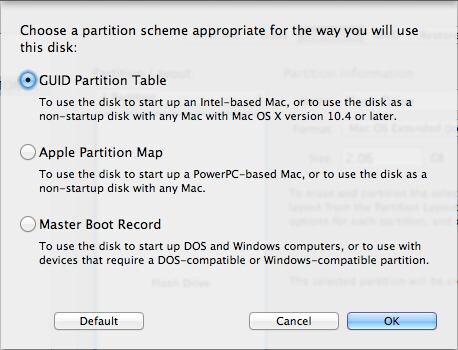

If all the steps above have gone well, all you need to do is restart your Mac, holding the Option key down as you do so. You can pull the flash drive out or just leave it in your Mac. Now you can click Ignore on that dialog box and get ready to boot into Ubuntu Linux for the first time. The /disk2 part needs to match your flash drive identifier as above. Ignore the dialog for a moment and head back into Terminal. You may also see a dialog box saying, “The disk you inserted was not readable by this computer.” This is good, which means it’s now a Ubuntu bootable disk. When it’s done, you’ll see something like the following to let you know stuff copied:ġ054867456 bytes transferred in 187.479383 secs (5626578 bytes/sec) Terminal won’t let you know what’s going on until it’s all over.
Boot camp for mac linux password#
Once you’ve put it in and made sure it’s the correct path and disk identifier (careful!), hit Return on your keyboard, type in your admin password (you won’t see it as you type, so go slow) and be ready to wait a bit.

Sudo dd if=/Users/myusername/Downloads/ubuntu-14.04. of=/dev/rdisk2 bs=1m My disk identifier is /dev/disk2 and my path to the file is /Users/myusername/Downloads/ubuntu-14.04., so my command looked like this: The last part of the command, of=/dev/rdiskN, needs a number in place of the N, which is your own disk identifier that you found above. You’ll want to replace it with your own special path. iso file you downloaded back in the earlier step. Notice that /path/to/ubuntu-14.04-desktop-amd64+ part? That’s where you saved the Mac-friendly version of the. Sudo dd if=/path/to/ubuntu-14.04-desktop-amd64+ of=/dev/rdiskN bs=1m You’ll need to double check you’re entering the right disk info here, as you could kill your main hard drive if you’re not careful. You can’t just drag and drop, so you’ll need to run another Terminal command.


 0 kommentar(er)
0 kommentar(er)
